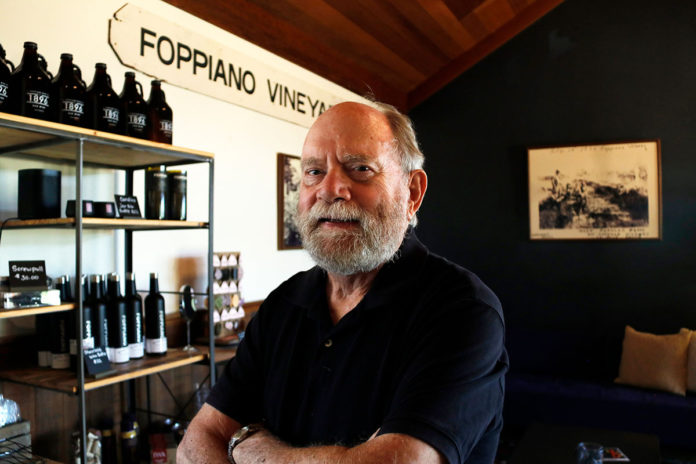
Martin Ray is the resurrection of a venerable name from wine history, and the same thing could happen to Foppiano. Only Foppiano never really went away.
The big warehouse by the side of Old Redwood Highway, Foppiano Vineyards, is almost invisibly familiar to locals, though a random stream of tourists is happy to find out about its petite sirah, chardonnay and pinot noir.
But dig a little deeper and its story is as entangled with Healdsburg’s history as that of almost any other winery, and that’s saying something.
It is almost certainly the oldest winery in this part of Sonoma County still in production (barring Sonoma Valley wineries) and the name has been synonymous with Healdsburg wine for over 100 years. That’s not an exaggeration, that’s history.
It was founded in 1896, when Giovanni Foppiano purchased the Riverside Ranch. Even then it was a grape-growing farm, back when reds were “burgundy” and whites were “sauterne,” with very little deeper knowledge of varietals, clones or even vintages. It more than doubled in size 20 years later when Foppiano bought the Sotoyome Vineyards, located just south of the original ranch.
CMB Wines, best known for its Martin Ray label—another historic name rescued from oblivion by Courtney Benham—purchased the Foppiano ranch, label and vineyards, now 140 acres of prime Russian River grape-producing property, earlier this month. The purchase includes the property, brand and vineyards; the price was not disclosed.
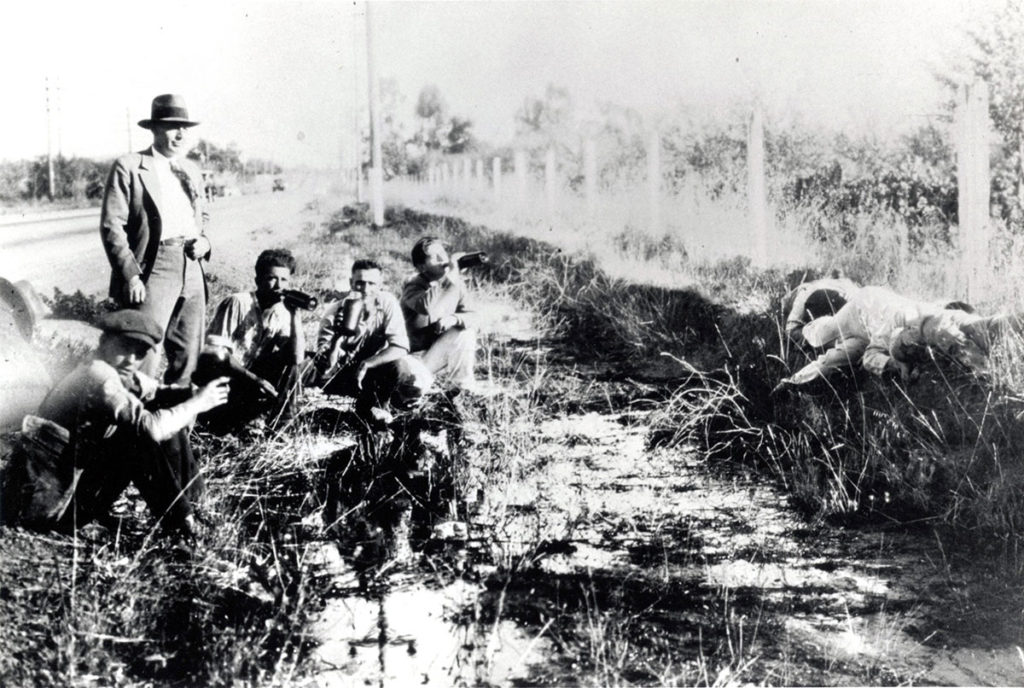
Its sale ends almost 130 years of family ownership. Nearly all the other family vineyards—Simi, Seghesio, Italian Swiss, Nervo—sold to conglomerates years ago. That Foppiano was not gobbled up by a Constellation Brands, Treasury Wine Estates or Bronco is a testimony to the insistence by the Foppianos that the brand remain solid, the wine consistent.
But the sale of Foppiano became inevitable, due not only to industry pressures but family disputes. “It’s been in the works for a couple of years, to be honest with you. We’ve been talking about it for a while,” said Louis M. Foppiano, the 77-year-old, third-generation Louis in the line. “Part of me is really sad to see it—it’s been in the family so long—but the other part is, it was time.”
Legend and Lore
Many local history buffs ran across the winery’s colorful history in the opening pages of When the Rivers Ran Red (2009), an award-winning chronicle of the survival of the Sonoma wine business during Prohibition, by Vivienne Sosnowski.
The book gets its title and signature moment from when Foppiano Wines was forced by Prohibition revenue agents to discard 140,000 gallons of red wine into a ditch next to the highway, where the current winery is located. From there, it flowed into a nearby creek and then into the Russian River—but not before locals scooped up buckets full of the illegal beverage.
A photograph of that incident sits prominently in Foppiano’s tasting room today, along with other memorabilia, and a shelf of empty two-liter jugs labeled “Foppiano Wine Co. 1896” which can be filled and refilled with their current red blend. Like much of Foppiano, history is never far away.
Ironically, that notorious incident took place in 1926, midway through the experiment of Prohibition. Wine had technically been illegal since 1920, aside from “sacramental wine” supposedly used for religious purposes, but as Louis Michael Foppiano said this week, “We were bootlegging! Most of the wineries were. Nobody knew when it [Prohibition] was going to stop, so a lot of wineries kept making wine.”
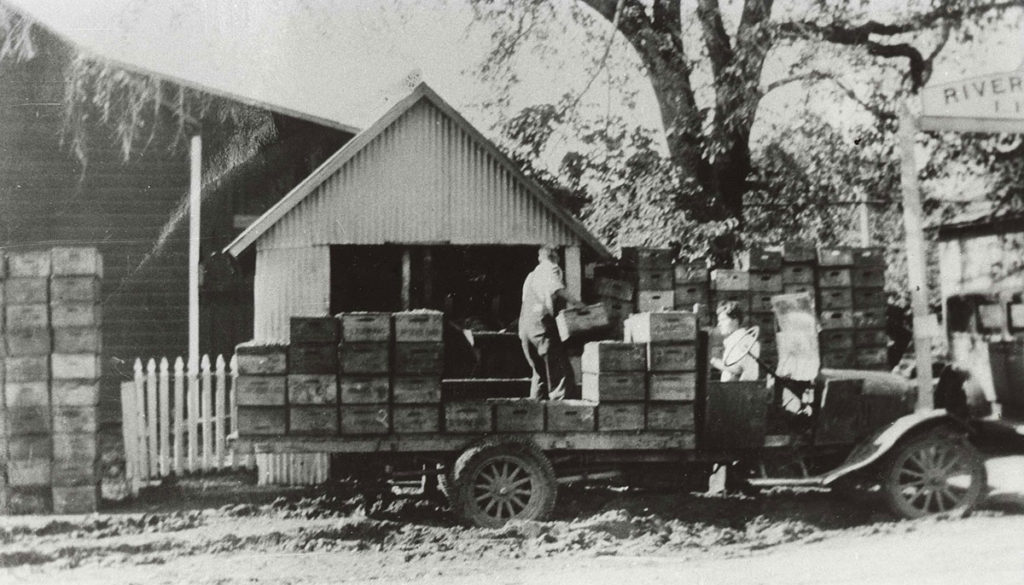
The upshot of the public eradication of Foppiano’s wine reserves was that it stopped making wine, as did the many other local wineries whose stock was destroyed that year, and didn’t start up again until 1933.
Over time, with the slow discovery of Sonoma County wines, Foppiano’s name acquired wider recognition. Its petite sirah—a primary grape in its pre-Prohibition “burgundy”—became associated with its name; the chardonnay and, more recently, pinot noir also began to draw tasters to the tasting room and members to the wine club.
Louis J. Foppiano, the founder’s son, ran it for much of that time. He died at the age of 101 in 2012, but retained control until he was 98. His son Louis M. became general manager, though in 2012 his sister Susan Foppiano Valera, then the tasting room manager, sued him for control of the family trust. The case went to trial, but it was settled out of court with the appointment of a third-party trustee. Louis M. would not talk about the settlement, or the suit.
Living History
“I love history, and I think we have to hold onto the history. That’s what I saw on the Foppiano project, much like the Martin Ray wines,” said new owner Courtney Benham of CMB Wines. The Bakersfield native moved from tree crops to wine, initially as a négociant. But at one point in the 1990s he happened upon a stash of Martin Ray wines in a San Jose warehouse.
“I was kind of curious about it, contacted the family and ended up buying the name, the trademark and the inventory. I started making wine under that label in the ’90s, and tried to stay true to the Martin Ray kind of winemaking,” he said.
Ray, a pioneer in Bay Area winemaking, worked with Paul Masson in Saratoga to produce 100% varietals, at the time an unusual practice in California.
Courtney Benham and his brother Derek Benham purchased Graton-area property and brands, including Blackstone merlot. Blackstone was sold to Constellation Brands in 2001, and in 2012 Derek sold Mark West pinot noir, again to Constellation.
But Courtney held on to the Martin Ray label, and rebuilt a facility on Laguna Road (formerly Martini & Prati) to house that wine—and two other labels, Synthesis and Angeline. Martin Ray now produces chardonnay and pinot as well as two Napa Valley cabernets.
Adding Foppiano to his small fiefdom fit in well with his interest in quality and history. The Healdsburg winery will be upgraded with the application of “considerable TLC,” Benham said.
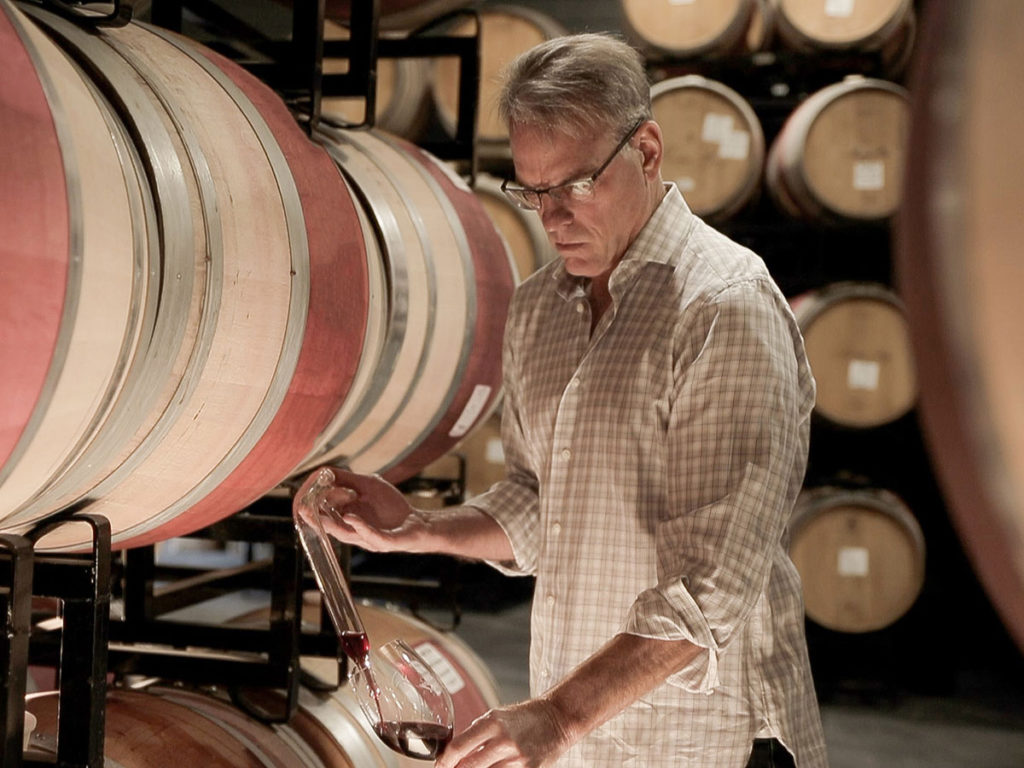
“It’s really great to see these older facilities still operating,” Benham said. “That’s extremely important to me. And so that’s what we’re going to try to maintain [at Foppiano]. It does need some TLC. The winery needs some TLC, the vineyard needs some TLC, and also the brand.
“But you know, therein lies a challenge,” he added. “So that’s what we’re going to embark on.”
Benahm estimated it would take two to four years to apply the necessary “tender loving care” to rebuild Foppiano. But the family—Louis M. Foppiano and his wife, Helaine; his nephew, vineyard manager Paul Foppiano; and sister Susan Valera and her husband—will continue living in their longtime homes.
“There are definite mixed feelings in seeing the end of such a tradition. But Courtney has expressed his commitment to preserving the legacy of our family,” Valera said.
Hopefully a bit of that Foppiano magic will survive along with the name and the wines. “I mean, if you just step onto the property, you really get the feeling that it’s something out of the past,” Benham said.
Foppiano Vineyards is located at 12707 Old Redwood Hwy, Healdsburg. Online at foppiano.com. Martin Ray is at 2191 Laguna Rd, Santa Rosa. online at martinraywinery.com.
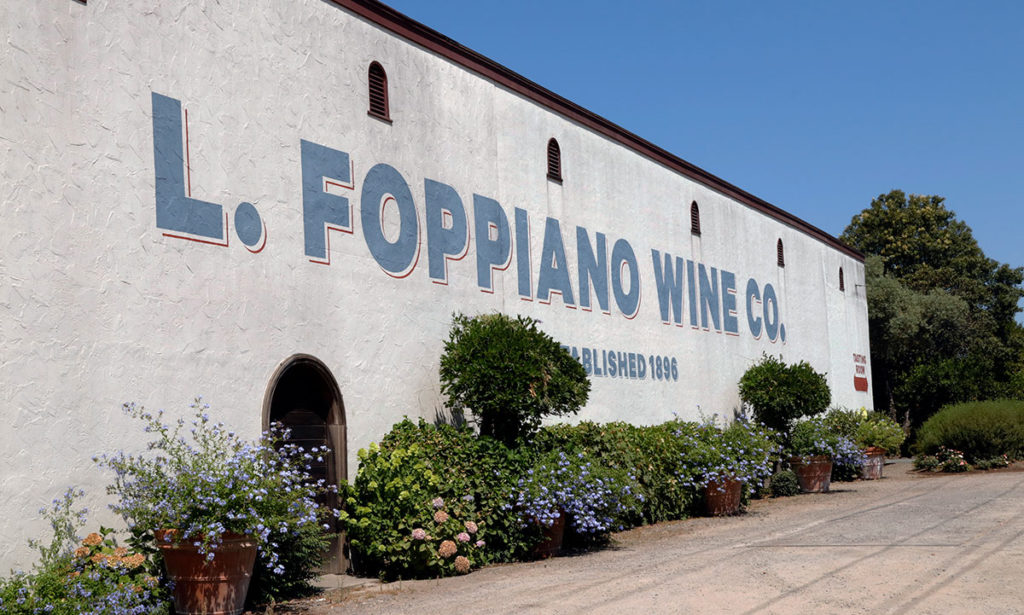




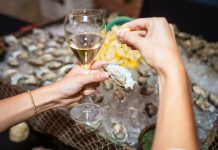




This is a sad story. My wife and I catered at the Foppiano Winery. We’ve bought their wines. We’d walk through Oak Mound Cemetery and see the Foppiano Mausoleum, the largest in the cemetery. It’s sad to see the Foppiano brand end.
Prohibition was and still is stupid and an abomination against liberty. We Americans are free to put anything into, or not put into, our bodies. We own our bodies, not the state.
There was a vintner in Dry Creek who stored his wine in wooden vats, waiting for Prohibition to end. Unfortunately for the vintner, a wildfire came through his vineyard, and the wooden wine vats afire.
The wine in the vats burned for days with a purple light.
A very welcoming and casual atmosphere, not a pretentious winery. Haven’t tasted a wine I didn’t enjoy and have always had a wonderful experience in large part because of the staff. Our hearts go out to the family and staff (especially Paul who through broken collar bones and all helped carry on the family tradition proudly and dutifully). Thankyou!
my grandfather Larenzo Fracchia worked for the Foppiano winery as a barrel maker at the turn of the century. He was a wine maker and grower from Piedmonte Italy that settled in Ukiah.